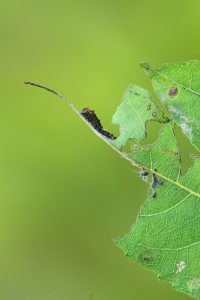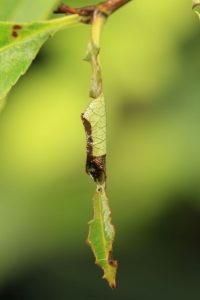Red Spotted Purples and Viceroys. Our closely related, but completely different looking butterflies.
It’s winter and we are getting cabin fever wishing butterfly season would return. Butterflies overwinter in each of their stages (egg, larva, adult) depending on what species. One of the more easier species to find in winter, depending on your vision, are our “limenitis twins” The viceroy (limenitis archippus) and the red spotted purple (limenitis arthemis astyanax). Their caterpillars overwinter in a small cocoon like structure, a hibernacula, where the caterpillars sit and wait for spring. Both are found in our region of Michigan. In my observation, they do seem to have some differences in habitat preference. Red spotted purples seem to be more common near woods and viceroys more in open areas near wetlands


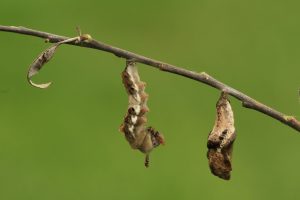
These species of butterflies are known as mimics. The Viceroy mimics the monarch amd the Red spotted purple mimics pipevine swallowtails, minus the tails. The butterflies they mimic are distateful or toxic so it appears to offer some protection from predators.

Despite looking very different as adult butterflies, the caterpillars are identical. They primarily eat the same hosts but seem to have favorites. Red spotted purple tend to favor choke cherry or black cherry and viceroys seem to favor willows. Both will readily use cottonwood or aspen as well. (This is probably the reason for my previously mentioned habitat prefernces). The adult butterfly will usually lay its egg at the top of the very tip of the leaf. After the caterpillar hatches it will work on eating the sides of the leaf leaving the midrib. This tends to make them easy to find if you want to observe them in the wild. The images I took were on the side of the leaf which is not typical, but you can still see how the egg looks and how they leave the vein or midrib.
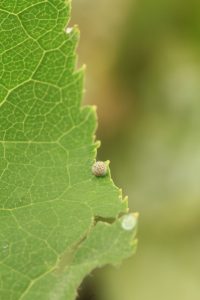
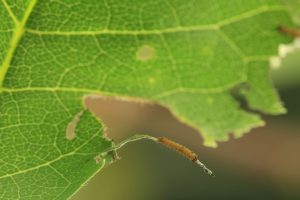
As the caterpillar matures it can be either green or brown and resembles bired poop. When disturbed, the caterpillar will arch its head down with its antennae out. To me its antennae look a lot like an ant which makes me wonder if it offers some protection as many insects avoid ants.
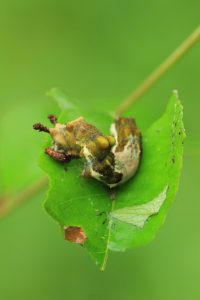
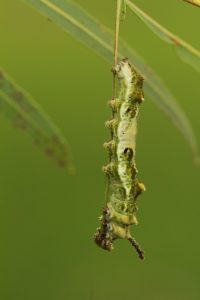
Here in Michigan both the red spotted purple and viceroy will have two generations and a possible third. The overwintering caterpillars will make a chrysalis in May and then the following generation will make a chrysalis in mid summer.
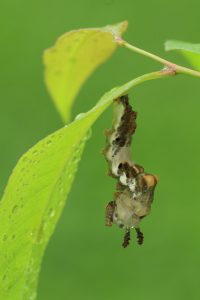
As the days get shorter and nights get cooler, the small caterpillars will make a hibernacula to overwinter. The caterpillar will attach these small open ended cocoon like structures to the branch and remain there all winter. The caterpillars can be seen crawling around on warm fall days, but no longer eats. When the days get cold it will stay inside. Even on the coldest of winter days, the little caterpillar can be seen inside. It can be a fun activity to beat the winter blues going out and looking for the overwintering limenitis caterpillars!
